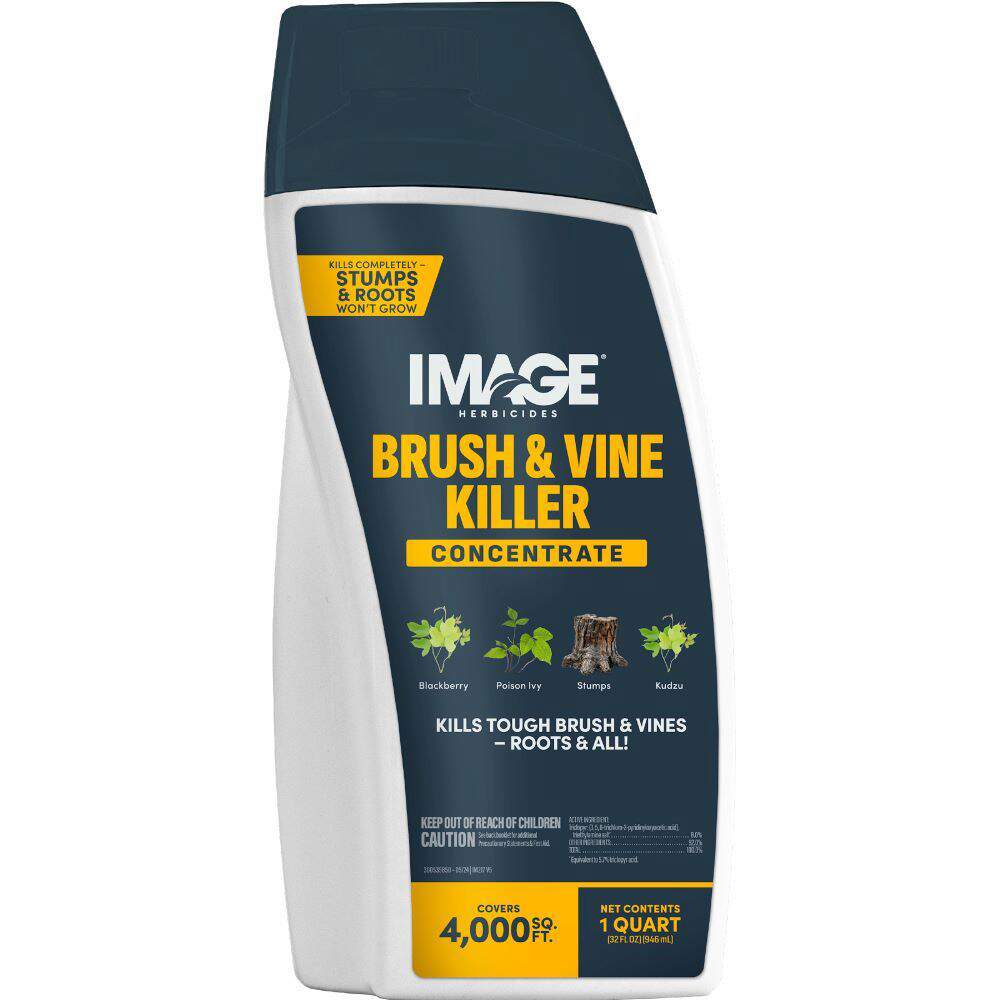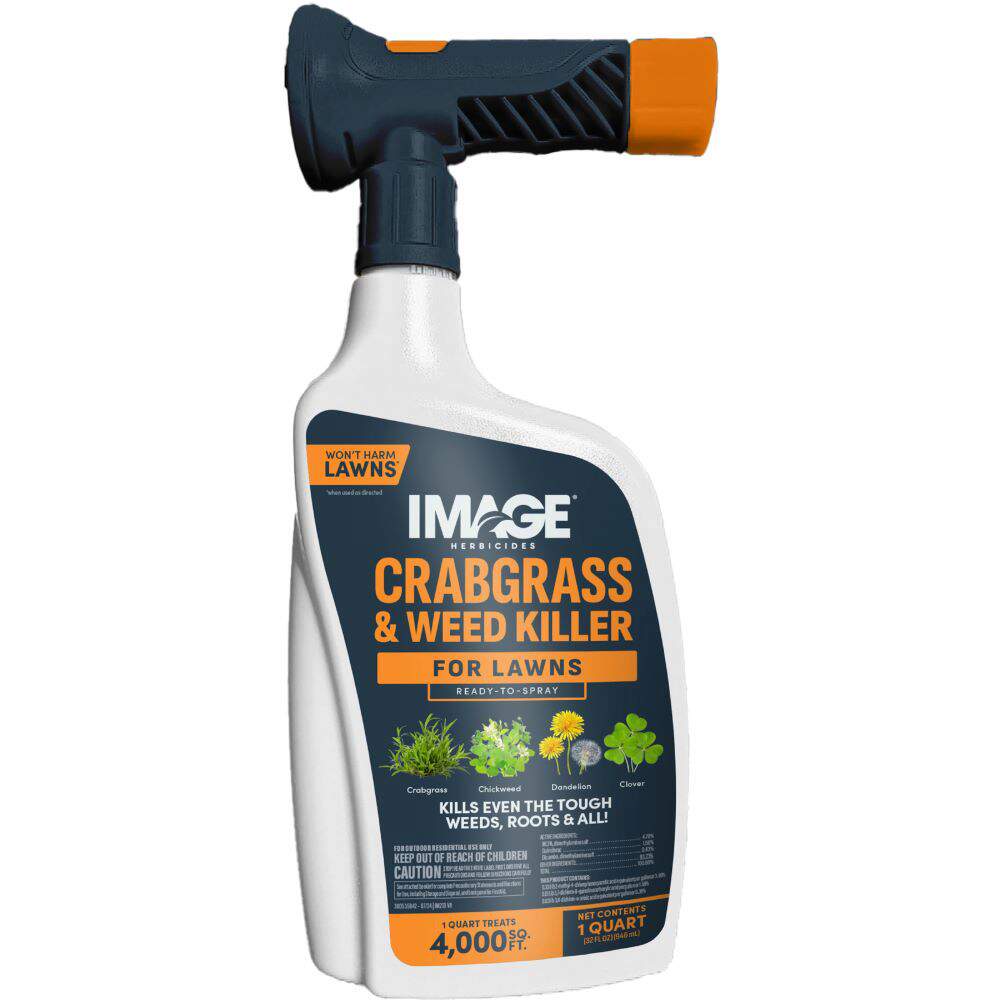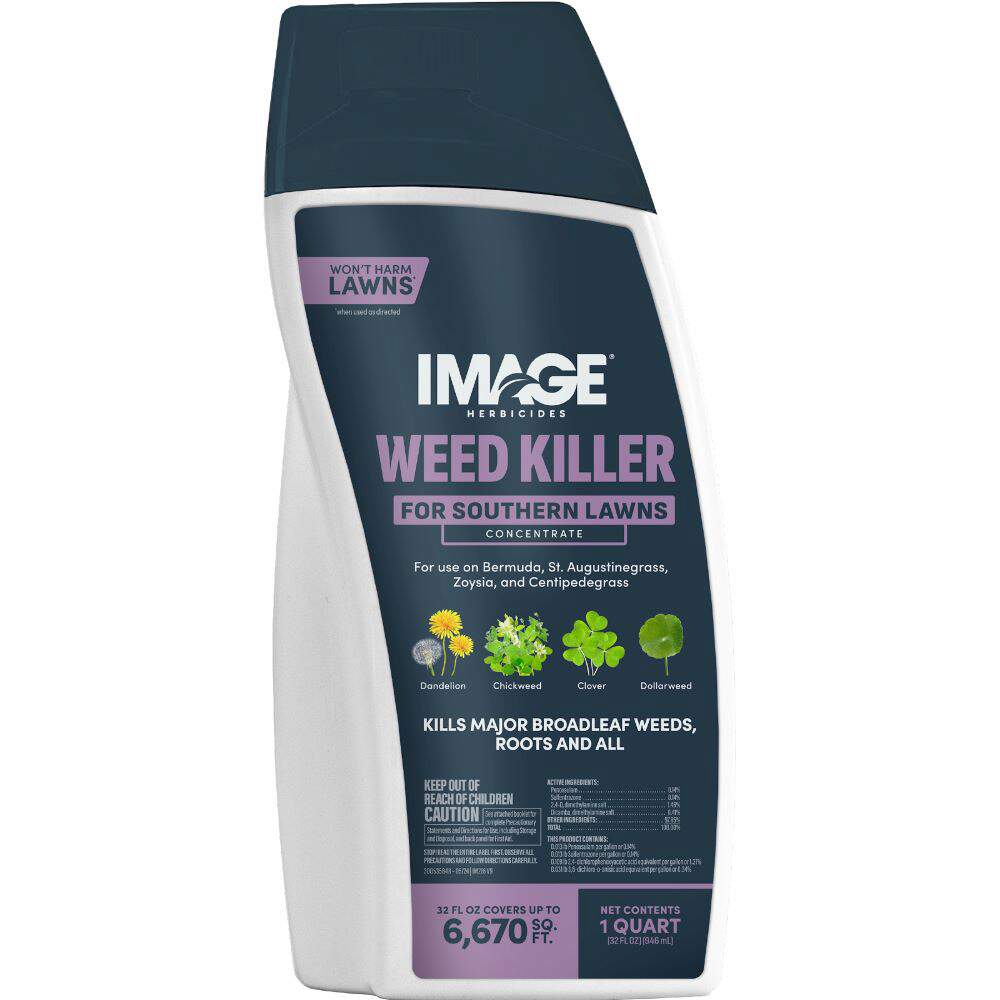HOW TO IDENTIFY POISON IVY
Poison ivy is a woody weed that takes on various forms. This toxic plant can grow as a groundcover, a vigorous vine or a spreading shrub. In moderate climates, the vines can climb up to 150 feet.
The hiker's warning of "Leaflets three, let it be" refers to poison ivy leaves. Three pointed leaflets on short individual stalks make up each leaf, with the middle leaflet longer than the two side leaflets. Poison ivy's 1- to 6-inch leaflets are always pointed and always arranged in threes. From spring through summer, the leaves are bright green with an occasional red tinge. In fall, the foliage turns brilliant red.
Poison ivy leaflets vary significantly in shape within a plant and from plant to plant. Leaf margins may be smooth, toothed or lobed. The upper leaf surface is smooth, but fine hairs can occur on the undersides. In comparison, poison oak leaves usually have more distinct lobes, duller color and hairy surfaces. Poison ivy flowers appear in greenish-white clusters, followed by green waxy fruit. The fruit matures to white.
WHERE AND WHY POISON IVY GROWS
Poison ivy appears across the United States, everywhere except western deserts. This weed prefers dry, rich woodland soil, but it takes up residence anywhere with disturbed soil. It often invades lawns and ornamental landscapes from woodlands nearby.
Once established, poison ivy spreads prolifically by seeds, root shoots and rooting stems. Though the roots run fewer than 12 inches deep, they spread up to 20 feet underground and sprout new plants as they go. Birds that eat the fruit also aid the seed's spread.
HOW TO CONTROL POISON IVY
All parts of poison ivy contain a toxic oily substance that can cause severe inflammation, weeping rashes and burn-like blisters on skin. The substance stays in the plant year-round, even on bare stems, so always wear gloves and stay cautious around this weed.
When treating poison ivy or any lawn weed, always read product labels to ensure the product suits your grass type. Some lawn grasses are sensitive to certain herbicides, so check labels carefully. For best results, treat poison ivy when the plants are young, small and vulnerable.
Image Herbicides offer several highly effective liquid products to kill or control poison ivy:
- Image Herbicides Brush & Vine Killer concentrate is a post-emergent, systemic herbicide that kills tough poison ivy plants, shrubs and vines. This product kills poison ivy completely, with no regrowth from the spreading roots. You can replant treated areas in just one month.
- Image Herbicides Crabgrass & Weed Killer for Lawns, available in Ready-to-Spray and Concentrate formulas, kills poison ivy — roots and all. For best results, apply this selective, post-emergent herbicide when poison ivy is young and small.
- Image Herbicides Weed Killer for Southern Lawns starts working immediately to kill poison ivy and other tough listed weeds. Available in Ready-to-Spray and Concentrate formulas, this fast-acting herbicide kills to the roots, with visible results in hours.
Poison Ivy Control Tips: Poison ivy can be treated from spring to fall, but this plant is most vulnerable to herbicides from when it flowers until its late-summer fruit appears. Treating in that window hits the plant when its reserves drop to seasonal lows.
If you're looking for a granular option for post-emergent weed control, Pennington Full Season Weed & Feed 25-0-8 controls poison ivy and feeds your lawn.
Always read product labels thoroughly and follow instructions, including guidelines for lawn grass types, frequency of applications and seasonal maximums that may apply.
POISON IVY GALLERY

Poison Ivy Patch

Poison Ivy Foliage

Poison Ivy Fruit

Poison Ivy Red Foliage




